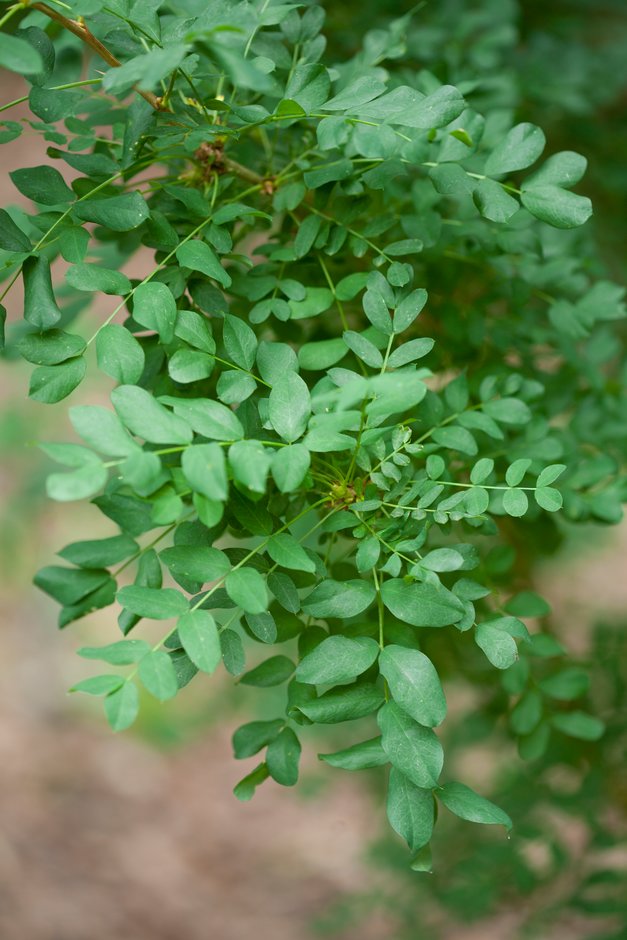Caragana halodendron
salt tree
A spreading, arching shrub reaching 2m in height and spread. The leaves are small, silvery grey, and spiny. Small, purple-pink, pea-like flowers are produced all along the branches in early and mid-summer, followed by inflated seed pods which turn brown in autumn
Size
Ultimate height
1.5–2.5 metresTime to ultimate height
2–5 yearsUltimate spread
1.5–2.5 metresGrowing conditions
Moisture
Well–drainedpH
Alkaline, NeutralColour & scent
| Stem | Flower | Foliage | Fruit | |
| Spring | Green Grey Silver | |||
|---|---|---|---|---|
| Summer | Purple Pink | Green Grey Silver | ||
| Autumn | Green Grey Silver | Brown | ||
| Winter |
Position
- Full sun
Aspect
South–facing or West–facing
Exposure
Exposed or ShelteredDrought resistance
Yes Hardiness
H7Botanical details
- Family
- Fabaceae
- Native to GB / Ireland
- No
- Foliage
- Deciduous
- Habit
- Bushy
- Genus
Caragana are deciduous, usually spiny shrubs with pinnate leaves and solitary or clustered yellow, occasionally white or pink flowers, followed by brown pods
- Name status
Correct
- Plant range
- SE Russia to Mongolia and Pakistan
How to grow
Cultivation
Grow in poor, sharply drained, neutral to alkaline soil in full sun. Will tolerate salty soil but not winter wet
Propagation
Propagate by seed in containers in a cold frame in autumn or spring, or by layering in summer or autumn, or take root cuttings in winter
Suggested planting locations and garden types
- Coastal
- Gravel garden
- Cottage and informal garden
- Low Maintenance
- Banks and slopes
- Flower borders and beds
Pruning
Pests
Generally pest-free
Diseases
May be susceptible to honey fungus in gardens where it is present but insufficient data to determine degree of susceptibility
Get involved
The Royal Horticultural Society is the UK’s leading gardening charity. We aim to enrich everyone’s life through plants, and make the UK a greener and more beautiful place.
